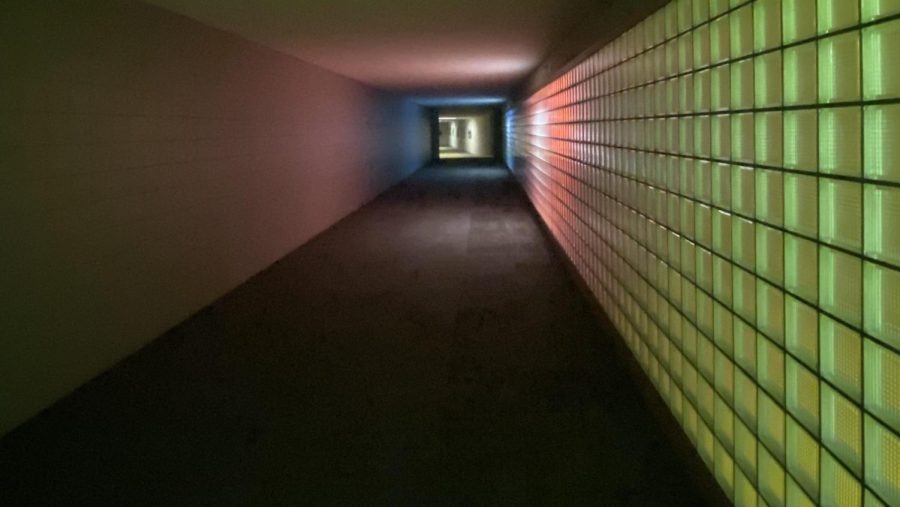Liminal Spaces
October 11, 2022
Imagine an empty hallway. A hotel swimming pool. A playground. The lobby of an office building. The lighting is dark, and silence deafens the space, echoing. You know you have been here before when you were much younger, and that is comforting. But it’s unsettling, too, because you don’t know when, or why. Something is off.
You have found yourself in a liminal space.
The dictionary defines liminal as “relating to a transitional or initial stage of a process.” The term can be used in many contexts and is often found in psychology to describe an in-between stage of development, such as divorce, graduation, or moving houses.
Therefore, a liminal space is any space representing transition or the beginning of something. This is why hallways and lobbies are staples of liminal spaces, as well as swimming pools and playgrounds, which many people associate with youth, at the beginning of life.
It is no mistake that the idea of liminal space has become popular over the emergence of the pandemic, and the quarantines and extreme self-reflection that came with it. Aside from the literal emptiness of many familiar places, other common themes of liminality, such as nostalgia, feelings of insecurity, and a craving for comfort were common emotions at that time. For many around the world, the quarantines of 2020 were a sort of universal liminality.
Even in non-pandemic years, teenagers are in a state of automatic liminality as they transition from a child to an adult, which can explain why many high schoolers start to find nostalgia for younger years particularly poignant.
Liminal spaces can be frustrating, since they often leave one feeling stuck, or unsure of the right direction in which to turn.
However, it is best to keep moving down that long hallway you swore you’ve seen before, with the flickering fluorescent lights and that one drinking fountain up ahead.
It won’t last forever.


